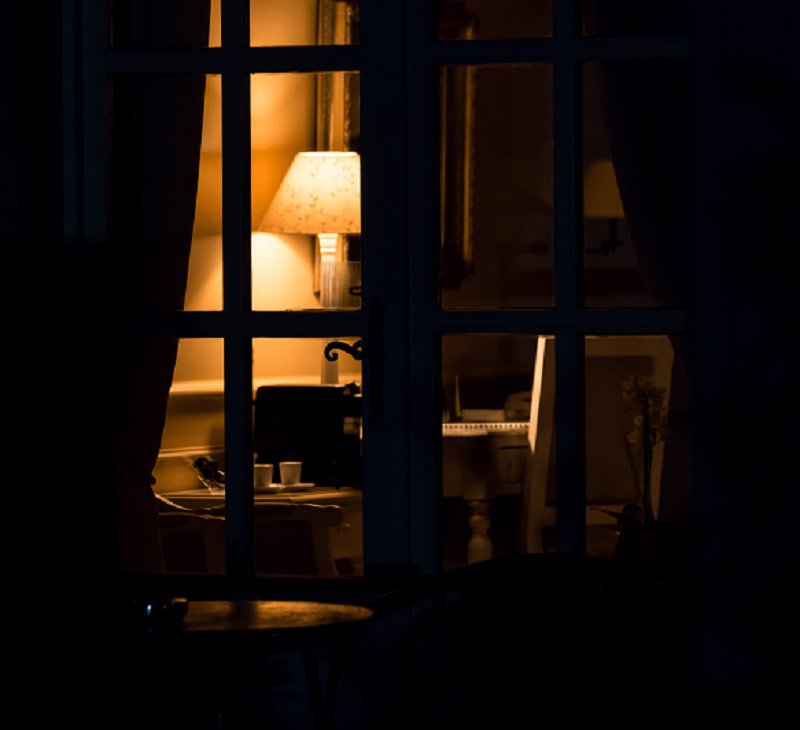Daylight Saving Time ends November 5th, and most everyone will be looking for someone to blame when the sky starts getting dark an hour earlier than we’re used to. But did you know that the man who invented the bifocal glasses did not invent Daylight Saving Time?
A Short History of Daylight Saving Time (DST)
Although Ben Franklin did write an essay on using daylight hours more efficiently by getting up earlier, it was actually New Zealand scientist George Vernon Hudson who in 1895 first proposed setting clocks forward two hours in March and setting them two hours back in October. That idea didn’t stick, but a small town in Canada kicked things off by setting their clocks one hour forward in 1908, followed by the rest of the country and then popularized by Germany. By 1918, the United States had passed legislation to establish DST, and by the end of World War II, most European countries also followed the time change.
Time to Perform a Lighting Audit
Whether or not you agree with setting our clocks forward and backward in the middle of the night when the time changes, soon it might be dark by the time you get home from work. And if you can’t see the pathway walking up to your house, it’s probably time to reevaluate your home lighting—before the days get any shorter.
One way to check the adequacy of your home lighting is to walk up to your home in the dark as if you don’t live there. Come up the sidewalk as if you’re a guest visiting for the first time.
- Can you see your feet, the path right below you, and the path in front of you?
- Check your porch or your front door: Is it well-lit from the outside?
- Are there lights on inside the home to ensure suspicious characters know the house isn’t empty (even if it is)?
- If you walk to your outbuildings, are they well-lit?
If the answer to any of these questions is no, you could be risking someone tripping and hurting themselves in the dark, or even inviting burglars in by giving them darkness to hide under.
Light It Up Instead
If you’ve taken a look around and decided your lighting could use some adjustments, what then? You can place small pathway lights leading up to your home and to any outbuildings, reducing the risk of tripping over an unseen obstacle. Another option for these outdoor lights is to install motion sensor lights, which work well to eliminate hiding spots by dark buildings. If you’re home while the skies get dark, you can make sure to turn on any outside lighting and leave on a few lights inside as well. If you aren’t home, your home automation system can be used to turn on your lighting at any time you set it to, or even remotely. You can be halfway around the world, and as long as you have WiFi, you can turn on your lights.
Although we’re talking about shorter days, it is also a good idea to keep a couple lights on inside while it’s still light out as well since 65% of burglaries happen between 6 am and 6 pm. Just because it’s daytime doesn’t mean your home isn’t vulnerable after you leave for work.
We have a lot of things to credit Ben Franklin with (even swim fins are his invention!), but we can’t blame him for losing that extra hour of sleep in the Spring and that extra hour of light in the Fall. Instead, we can keep our houses well lit, thank him for our bifocals while reading a good book, and settle into the darkness and quiet that fall brings.

